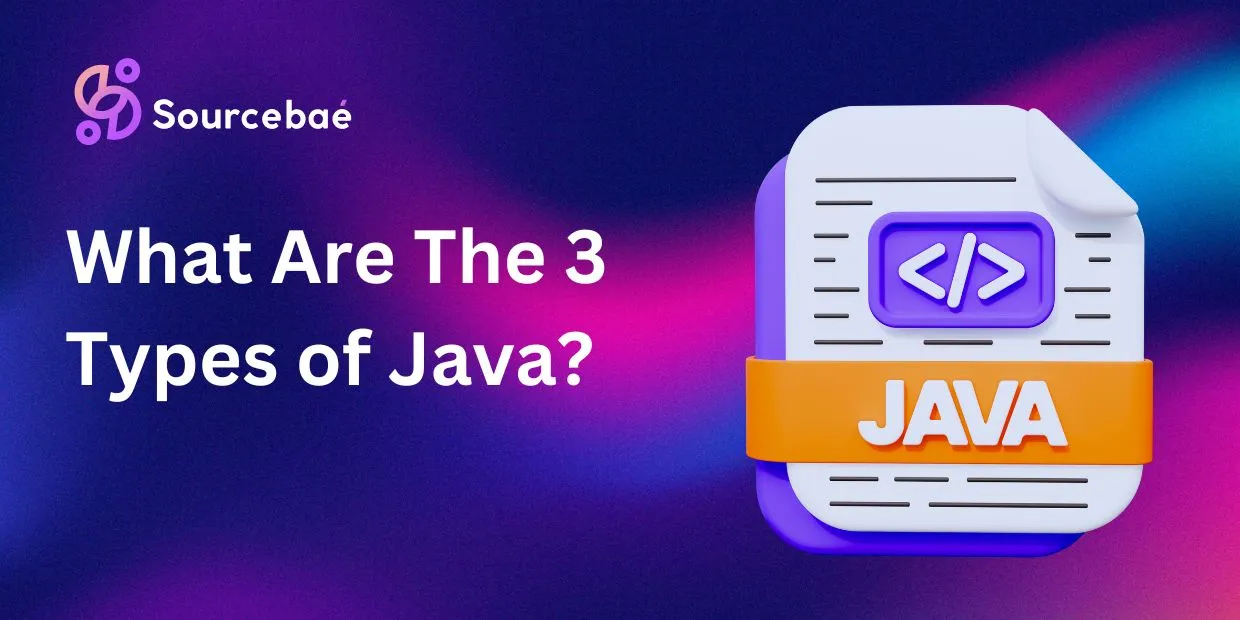Java, one of the most popular programming languages, offers developers a range of options to suit different needs and requirements. Understanding the differences between the three main types of Java – Standard Edition (Java SE), Enterprise Edition (Java EE), and Micro Edition (Java ME) – is crucial for any developer or technology enthusiast.
I. Introduction
Java, developed by Sun Microsystems, is an object-oriented programming language known for its versatility and flexibility. It provides a platform for building applications that can run on various devices and systems.
II. Standard Edition (Java SE)
Java SE, also known as Java Standard Edition, forms the foundation of Java programming. It includes the core libraries and APIs necessary for developing general-purpose applications and is widely used for desktop and server-side programming.
Java SE offers features like simplified memory management, exception handling, and support for multithreading. It provides developers with a rich set of tools and frameworks to create robust applications that can run on different platforms.
Examples of Java SE applications include software for banking systems, e-commerce websites, and enterprise applications.
III. Enterprise Edition (Java EE)
Java EE, or Java Enterprise Edition, builds upon Java SE and provides additional APIs and tools for developing enterprise-level applications. It is designed to handle complex, distributed, and scalable systems.
Java EE offers features like web services, database connectivity, enterprise messaging, and support for transactions. It allows developers to build applications that can handle heavy workloads and provide high availability.
Examples of Java EE applications include large-scale e-commerce platforms, enterprise resource planning (ERP) systems, and customer relationship management (CRM) software.
IV. Micro Edition (Java ME)
Java ME, or Java Micro Edition, focuses on developing applications for resource-constrained devices like mobile phones, PDAs, and embedded systems. It provides a compact and optimized version of Java suitable for devices with limited memory and processing power.
Java ME offers features like libraries for user interfaces, networking, and wireless communication. It allows developers to create applications that can run efficiently on small devices.
Examples of Java ME applications include mobile games, mobile banking apps, and embedded systems for home automation.
V. Comparison of the three types of Java
While all three types of Java share the core language syntax and platform, there are significant differences in their scope and target audience.
Java SE is the most widely used type and targets desktop and server-side applications. It provides a comprehensive set of APIs and libraries for general-purpose programming.
Java EE is designed for enterprise-level applications and offers additional features and tools to handle complex systems. It focuses on scalability, reliability, and integration with existing enterprise infrastructure.
Java ME, on the other hand, caters to the needs of resource-constrained devices. It provides a lightweight version of Java with specific libraries for mobile and embedded platforms.
VI. Future of Java and its impact
Java continues to evolve with the changing technology landscape. The introduction of JavaFX, a modern UI toolkit, showcases Java’s adaptation to emerging trends. Java’s cross-platform capabilities and compatibility with other technologies also contribute to its longevity.
The different types of Java will continue to play essential roles in the programming landscape. As technologies like IoT and cloud computing gain prominence, Java EE and Java ME will find new applications and use cases.
Check out this video: Introduction to Java Data Types and Their Ranges
Check Some More Interesting Posts:
- What is Java Used For?
- Why is Java Developer Salary So High?
- Django VS Angular: A Comprehensive Comparison
- Top 10 Java Development Companies
VII. Conclusion
In conclusion, Java offers developers a wide range of options to address different programming needs. Understanding the three types of Java – Standard Edition, Enterprise Edition, and Micro Edition – is crucial for making informed decisions on which type to use for specific projects.
By leveraging the right type of Java, developers can harness the power of the language and its extensive libraries to create high-performing applications that cater to various domains and devices.
FAQs
1. What is the primary difference between Java SE and Java EE?
Java SE is the standard version of Java, providing the core libraries and tools for general-purpose programming. Java EE, on the other hand, is designed for enterprise-level applications and offers additional features and APIs for handling complex systems.
2. Can Java ME be used for developing mobile applications?
Yes, Java ME is specifically designed for developing applications on mobile devices, such as feature phones, smartphones, and tablets. It offers a compact version of Java with libraries optimized for mobile platforms.
3. Are there any other types of Java apart from the three mentioned?
While the three types mentioned – Java SE, Java EE, and Java ME – are the main ones, there are also other specialized versions like Java Card for smart cards and JavaFX for creating rich user interfaces.
4. Which type of Java is recommended for beginners?
For beginners, it is advisable to start with Java SE as it provides a solid foundation in Java programming concepts. Once they are comfortable with the basics, they can explore Java EE or Java ME based on their interests and career goals.
5. Why is it important to understand the different types of Java?
Understanding the different types of Java allows developers to choose the right platform and tools for their specific project requirements. It ensures that the appropriate features and functionalities are available, leading to efficient and optimal application development.
Check out: Hire java Developers






